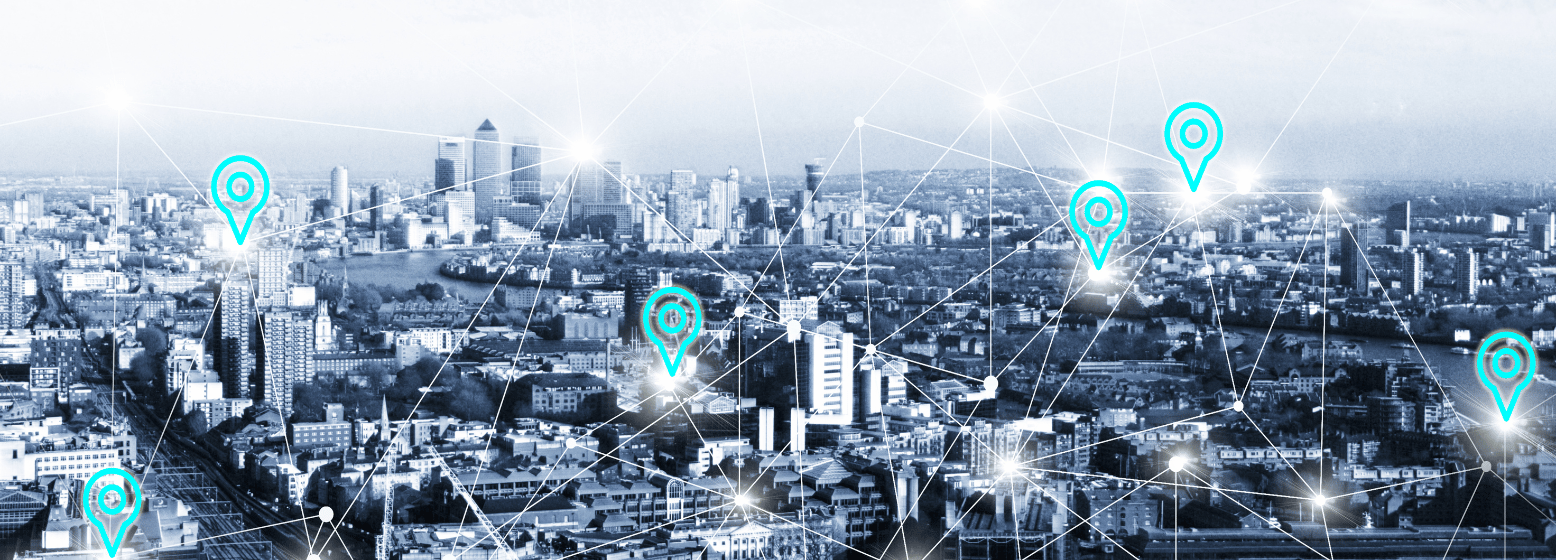Harvesting and analyzing building data has become an essential task for those who work with building owners seeking to improve energy efficiency, reduce operational costs, and meet sustainability goals. At ACE IoT Solutions, we often refer to ourselves as “data plumbers” for such buildings. Indeed, at the upcoming CxEnergy conference in Dallas, we will give away mini plungers to underscore the “we get the data flowing” role that we can play for building optimization specialists, sustainability advisors, building commissioning agents, CEMs, and other consultants to building owners.
OK, a cute moniker, you might say, but what does being a data plumber really mean? Certainly, it’s someone who can navigate the complex landscape of building automation systems (BAS), OT networks, independent data layers (IDLs), and data analytics tools. But let’s go further in depth. To us, there are four key steps or responsibilities of data plumbers for buildings.
1. Pre-Deployment: Mapping Out the OT Network and Overlay Networks
Before any data harvesting can begin, a plumber must first seek to understand an organization’s data-related goals. This includes identifying which data points are most important for the organization to track - such as energy usage, demand charges, or sustainability metrics - and where key HVAC equipment is located within the organization’s OT network.
In addition, the data plumber must assess the existing OT network infrastructure to determine if a virtual overlay network is needed and, if so, whether the existing infrastructure can be supported an overlay network. We often utilize virtual overlay networks to access data from legacy equipment. A virtual overlay network enables a data plumber to better manage data flow traffic, irrespective of the underlying physical infrastructure.
2. Deployment: Connecting the Gateway to the BAS
For most of our customers, the first step after assessment is the deployment of ACE IoT gateway loaded with the open-source Eclipse VOLTTRON technology. The gateway device has a customer configuration for the site where it is to be deployed. Once installed on a building’s network, the gateway connects to the Building Automation System (BAS). The BAS is the central hub that collects data from the HVAC equipment and other building systems and enables facilities managers on site to monitor and control these systems from a central location.
3. Troubleshooting the Systems
Once the connection gateways are set up and data is being collected, the next step in the process involves monitoring and troubleshooting. Plumbers like us will need to ensure that the data being collected is accurate, complete, and reliable – and that it continues to be flow in a consistent fashion. This requires comparing the discovered data with the client-provided inventory of key equipment and assessing the health of the OT network. ACE Iot Solutions, in particular, uses tools like Optigo’s Visual BACnet and Wireshark’s network protocol analyzer, to identify any impediments to data flow and support the resolution of any OT network issues in collaboration with control vendors.
One thing these tools can uncover are programming errors that can hinder data flow (see the video below from our Co-founder Andrew Rodgers). In doing so, a data plumber can work with the existing IT teams to reduce the backlog of requests and, in the process, normalize collection interval times as well. By ensuring that the data being collected is accurate and reliable, the data plumber enables the organization to make data-driven decisions that will help them achieve their goals.
Andrew Rodgers on using Wireshark to assess a building’s network health
4. Data Delivery to the Preferred Customer Destination
Once the data is trending to a data plumber’s managed cloud platform, the next step is to make the data available to the customer in the manner they prefer. Depending on the customer’s goals, the data plumber delivers data to one or more of the following destinations:
An open-source time-series visualization and analysis platform like Grafana. ACE IoT, for example, provides login credentials to customers so they can access their data on this platform.
A customer’s data lake or blob storage.
A customer’s API, which allows them to access the data directly and integrate it into their own applications.
A customer’s data analytics system like Skyspark, which enables them to gain insights and make data-driven decisions.
By making the data available in the manner preferred by the customer, the data plumber enables the building consultant and building owners to use the data to achieve their goals and optimize their operations.
Conclusion
Harvesting and analyzing building data can provide organizations with valuable insights that can help them reduce energy costs, track ESG metrics, and optimize their operations. However, to do this effectively, organizations need a data plumber who can help them map their OT network, set up a connection gateway to the BAS, troubleshoot any issues that arise, and deliver the data in the manner they prefer.
By partnering with a data plumber like ACE IoT Solutions, organizations can ensure that they have the expertise and resources they need to make the most of their building data. Every day, we deliver approximately 50 million points of data for our customers. With ACE IoT Solutions, organizations can expect a comprehensive approach to data management that starts with understanding their goals and ends with delivering the data in the manner they prefer. If you’re interested in learning more about how ACE IoT Solutions can help your organization make the most of its building data, contact us today.
About ACE IoT Solutions. At ACE IoT, we act as data plumbers for buildings, providing an end-to-end solution delivering key data directly to our clients’ preferred data analytics system or data lake. We use open-source software tools to establish independent Data Layers (IDLs) in buildings and we do not charge for data on a per-point basis. We aim to resolve for our clients their data acquisition headaches.
Please contact Bill Maguire (bill@aceiotsolutions.com) for additional information about ACE IoT and the support we provide our customers. Follow ACE IoT on our LinkedIn page.
